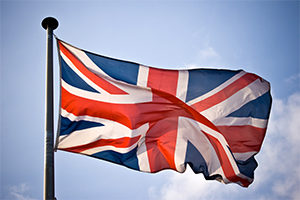What’s going to happen to UK immigration in a post-Brexit era? That’s the million-dollar question. While there has been huge speculation as to what our immigration system and net migration figures are likely to look like going forward, little clarity has been provided as yet.
Jeremy Corbyn has sent the message that he intends to toughen up on immigration. The Labour Party has acknowledged that free movement of workers across borders is likely to not be possible once the UK leaves the EU, but has stated that imposing new immigration controls will not be at the top of its list of priorities if it wins the election. It’s not really clear where that message leaves us when trying to predict what the new model is going to look like.
The Conservatives, for their part, have indicated that they will stick by pledges made in David Cameron’s 2010 manifesto to cut migration to “tens of thousands,” despite having missed the target after making the same promise in 2010 and 2015. Again, it’s not clear from their rhetoric how they hope to achieve this, although Prime Minister Theresa May has reiterated that when the UK leaves the EU, the nation will have the opportunity to make sure it has control of its borders.
Meanwhile, the UK Independence Party (UKIP) has gone one step further, as it is prone to do, pledging to cut net migration levels to zero within five years by asking skilled workers and students to get visas and banning migration into the UK for unskilled and low skilled workers. This time it’s not clear how UKIP intend to do the math to achieve a net migration level of zero.
And then there are the Liberal Democrats who are against stricter migration controls. Tim Farron, their leader, recently tweeted that “immigration is a blessing and not a curse.”



